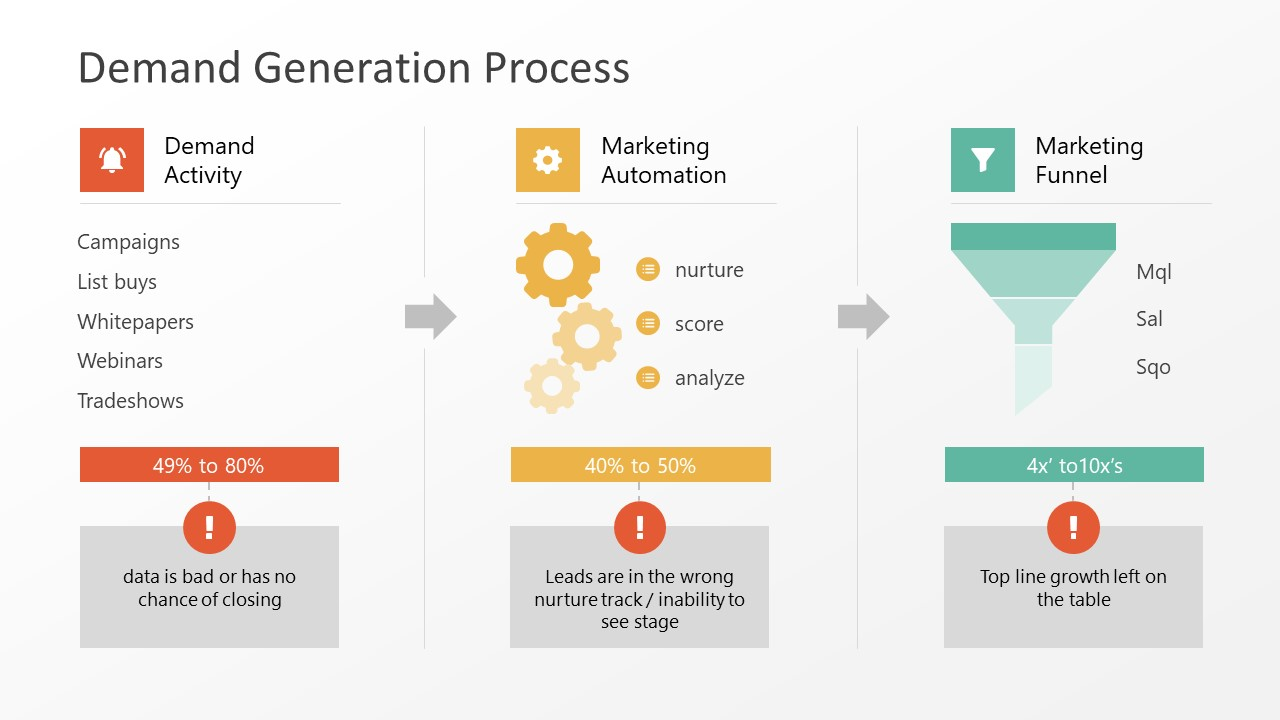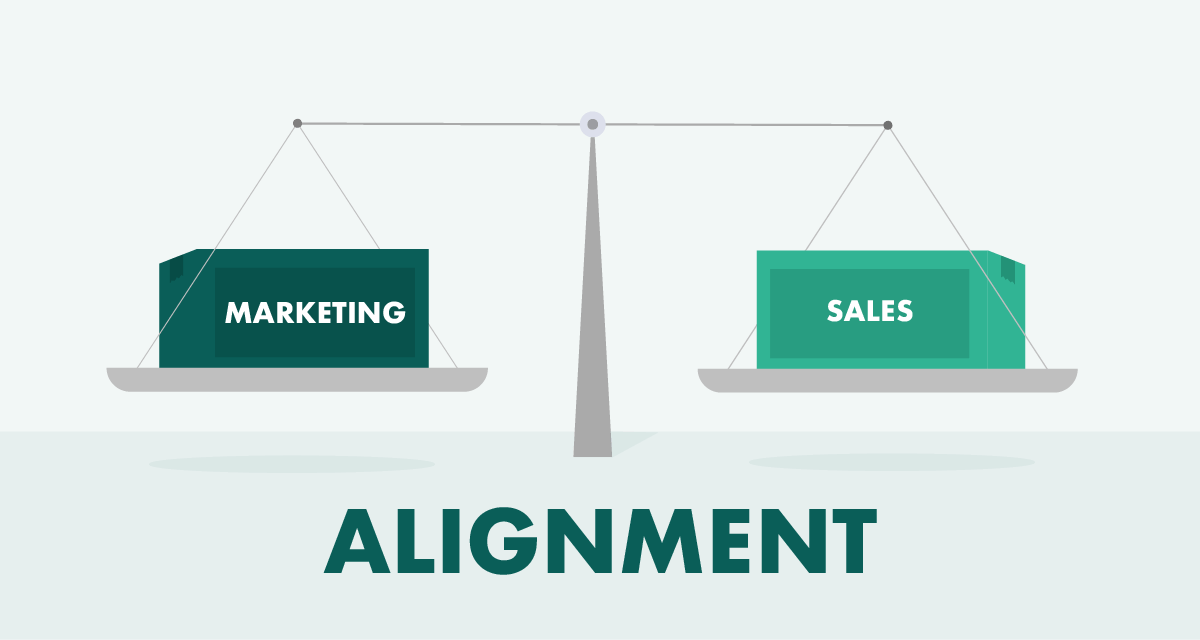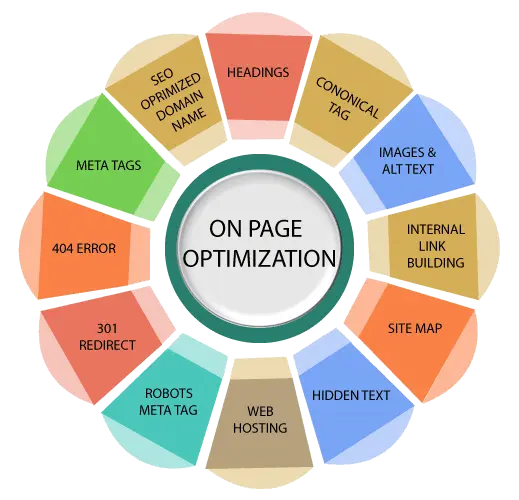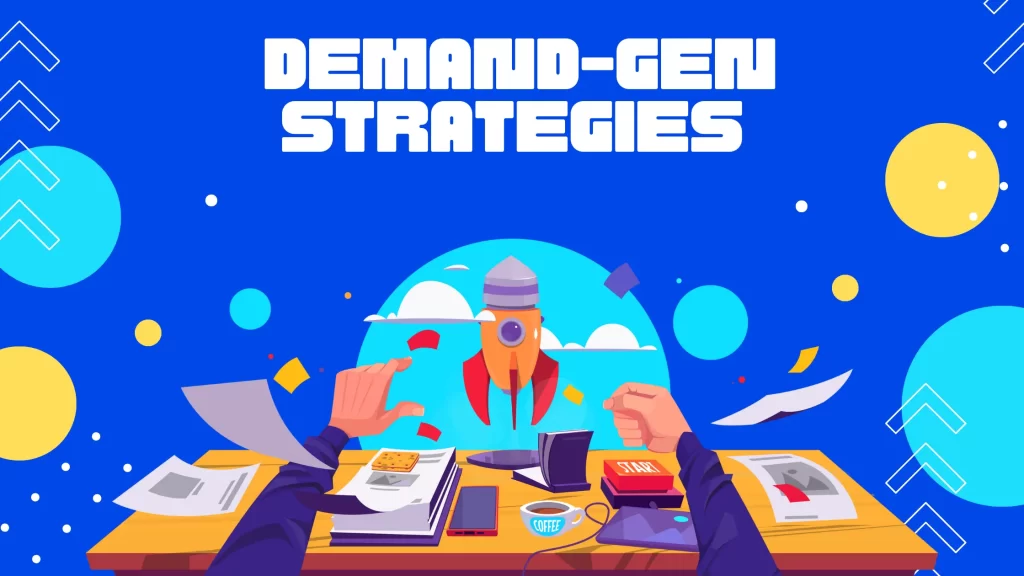Demand Generation is the crux of any B2B Saas company. If you do not generate curiosity, how will your target audience know you provide top-notch and customized solutions to their problems? However, with a multitude of possibilities, including paid advertisements, social media, email marketing, and content marketing, it can take time to determine where to begin and how to implement a plan of action properly.
We are fully cognizant of the difficulties SaaS companies have in generating demand which is why we’ve created this manual to aid you in maneuvering the SaaS Demand Generation landscape that entails:
Table of Contents
Understanding SaaS Demand Generation
The primary objective of Demand Generation is to develop and sustain demand for your SaaS-based offering. It is a comprehensive strategy that raises awareness, establishes connections, and leads potential clients through the buyer’s journey. Although it contributes to creating a sustainable and expandable income flow and supplies the sales funnel with fresh opportunities, SaaS companies need to design an efficient demand generation plan.
Demand generation seeks to raise the recognition of a need that will ultimately lead to sales instead of Lead Generation, which focuses only on gathering leads and selling your product or service.
In order to attract and keep clients over the long run, entails developing a rapport with your intended demographic and coming up with a consistent approach.

Source:-Slide Model
Understanding Your Target Audience and Buyer Personas
Demand generation requires a thorough understanding of your target market and its buyer personas. You may effectively approach and engage your ideal customers by establishing detailed profiles of them for your business.
Define the characteristics of your target audience based on their firmographics (industry, company size, job title), interests, values, and demographics (age, gender, location).
In order to effectively generate demand, buyer personas must be established.
Targeted Marketing
The needs, preferences, and pain points of your audience are clearly understood via buyer personas. With the use of this knowledge, you can develop marketing strategies that are highly targeted and appealing to specific audiences. Your chances of grabbing their attention and creating quality leads increase if you customize your messaging and content to target their particular concerns.
Improved Lead Nurturing
With the aid of buyer personas, you can envisage the buying process and comprehend the various touchpoints and phases of decision-making that your target market experiences. This enables you to develop tailored nurturing initiatives that send the appropriate content at an appropriate time, helping prospects get closer to making a purchase. You may increase conversion rates by addressing their individual problems and offering answers in order to gain their trust and credibility.
Enhanced Customer Experience
You can develop a seamless and customized customer experience by comprehending the preferences and behaviors of your audience. This includes giving pertinent content, individualized recommendations, and a simple purchasing process. This improves customer satisfaction and the possibility of repeat business and favorable referrals is also increased by exceeding their expectations and providing value at every opportunity.
Sales Alignment
Demand Generation initiatives are the most optimal when the marketing and sales departments are in complete alignment and work in perfect harmony.
Consistent communication, defined goals and objectives, and feedback cycles guarantee that marketing efforts align with the sales team’s requirements and contribute positively toward revenue growth. Buyer personas are hypothetical depictions of your ideal clients based on consumer insights, data analysis, and market research.

Listed below are some tips for using buyer personas to influence your demand creation strategy:
- Identifying key personas
- Tailor and customize content
- Opt for suitable and appropriate marketing channels
- Design client-centric content
- Optimize Landing Pages and CTAs
- Use Email Marketing campaigns effectively
- Keep collecting feedback at regular intervals
- Measure the results and optimize accordingly
You may establish more relevant and compelling marketing campaigns that connect with your target audience, boost lead generation, and ultimately promote business success by incorporating buyer personas into your demand generation strategy.
Creating High-Quality Content
Through proper Content Syndication efforts and publishing meaningful content, that addresses the problems of your target audience, you may increase organic website traffic and grow your business.
Demand generation in the B2B SaaS segment significantly depends on publishing informative and interesting content to draw in and cultivate new customers.
The following types of content are effective for generating demand in B2B SaaS:
Blog Posts
Informative blog posts that address industry pain points, trends, strategies, and best practices can position your SaaS company as a thought leader and attract prospects seeking solutions to their problems.
E-books and Whitepapers
When supplied as exclusive material, in-depth whitepapers, and e-books that provide insightful analysis, research findings, and practical guidance can help build credibility and generate leads.
Case Studies
Real-world success stories demonstrating how your SaaS solution resolved specific problems for current clients might be effective in persuading future customers to buy your product.
Email Newsletters
Periodic email newsletters containing company news, new product launches, and informative articles may keep your audience informed and interested while gradually nurturing leads.
Infographics and Podcasts
In order to effectively communicate convoluted ideas or figures, visual representations of data and information are sometimes more effective because they are simple to share and remember. Hosting a podcast where you talk about market trends, discuss with subject matter experts, and offer insights can help you develop an avid following and position your SaaS business as a thought leader.
Always keep in mind that content marketing for demand generation needs to be reliable, pertinent, and tailored to your unique customer personas. You can boost demand and nurture leads along the sales funnel by providing your audience with useful content that solves their needs and concerns. Thorough keyword research and content optimization are crucial for maximizing the potential of this channel.
This procedure involves identifying the most significant and popular keywords associated with your goods or services and incorporating them in a way that makes sense to your readers and adds value to your material. In addition to bringing in organic traffic, SEO-driven content marketing can assist you in forming connections with publications and industry influencers.
You can gain backlinks and social media engagement by writing insightful content that speaks to your audience’s and target market’s demands. This will raise your website’s organic search engine ranks and increase traffic.
Effective Use of SEO and PPC
To increase your website’s visibility and organic traffic, it is essential to optimize it for search engines. Here are some of the best practices that you should follow to ensure that your website ranks higher in search engine results:
Keyword Research
Conduct in-depth keyword research to find the high-traffic terms that your target market is using to find the goods and services that your company offers.
On-Page Optimization
Make sure the target keywords are present in the meta titles, meta descriptions, and URLs of your website. To organize your information and make it easier to read for both people and search engines, utilize header tags.

High-Quality Content
Produce insightful, interesting, and valuable material that responds to the needs and questions of your audience along with updating content regularly. Well-written, easy-to-understand content that is relevant to the keywords you’re targeting is ideal.
Page Speed Optimization
Make sure your website loads promptly. To reduce the website load time, use compressed images, minimize CSS and JavaScript scripts, and make use of browser caching. When it comes to search algorithms, site speed affects rankings.
Internal and External Links
To make it simple for users and search engines to traverse your website, create a sensible internal linking structure. Additionally, internal links disperse link equity throughout your website, enhancing the visibility of various sections.
Make sure to obtain backlinks from trustworthy and relevant websites. A vote of confidence in the authority and relevancy of your website is proven by high-quality backlinks.
Monitor Performance and Analytics
Regularly monitor website traffic, rankings, and user behavior using tools like Google Analytics. Thoroughly analyze data to identify areas for improvement and adjust your SEO strategy accordingly.
Keep in mind that SEO is a continuous process, so it could take some time before you start to notice real progress. To guarantee that your website is still optimized for search engines and continues to perform well in organic search results, keep up with SEO trends and algorithm updates.
Pay-Per-Click (PPC) marketing is an effective method for bringing in customers and creating leads.
Set up your campaign with defined objectives in mind to use PPC efficiently. Having a clear understanding of your objectives is essential whether you’re trying to increase website traffic or collect leads via form submissions. Conduct in-depth keyword research to find relevant, high-intent terms that support your goals. Create compelling ad copies that use these keywords and express your value proposition clearly.
Make sure your landing page has relevant content and is optimized for conversion along with a clear CTA (Call-To-Action).
Use ad extensions to increase ad visibility and provide users with more information. Use geographic targeting to connect with your target audience in particular areas. To evaluate the success of your efforts and make data-driven improvements, set up conversion tracking.
Monitor the campaign’s success frequently, modifying the bids, ad wording, and targeting as necessary to maximize results. Remarketing strategies can also be used to attract returning visitors to your website. PPC advertising can be a useful tool for bringing in customers and creating leads for your company with ongoing optimization and tactical use.
Email Marketing
Email marketing is a powerful tool for engaging with prospects and clients, fostering relationships, and nurturing leads.
Here’s how to use email marketing effectively:
High-quality content
Offer helpful and relevant information, such as blog posts, articles, videos, or downloadable resources, in your emails. Content should speak to the interests and problems of your audience.
Aye-catching Subject Lines
Create attractive subject lines for your emails to encourage recipients to open them. Focus on being honest and informative rather than utilizing misleading or spam-like jargon.
Clear CTA
Each email should contain a clear and engaging CTA. Make it simple for recipients to take action, whether that means pushing them to read an article, explore new items, or take advantage of a limited-time offer.
Personalization
Personalization tokens can be used to add the recipient’s name to the emails. This further fosters connection and boosts engagement.
Automation
Leverage email automation to deliver customized messages in response to predefined factors such as website activity, form submissions, or purchasing patterns. Without ongoing manual effort, automated emails may engage customers and nurture leads.
Surveys and Feedback
Request feedback and carry out surveys to better comprehend the preferences and requirements of your audience. Utilize the information to enhance your goods or services and customize future email messages accordingly.
A/B Testing
Conduct A/B testing to make your email campaigns more effective. To determine what appeals to your audience the most, experiment with different subject lines, CTAs, content, or delivery timings.
Regular Email Newsletters
Send out regular newsletters with updates, product launches, and informative articles. Keep your audience informed and interested while giving them opportunities to engage with your brand.
Email Segmentation
Segment your email list according to criteria such as demographics, previous purchases, and level of engagement. By doing so, you may send more individualized and relevant material to various groups, improving the probability that they would engage.
Always keep in mind that gaining your audience’s confidence and providing them with value are the keys to effective email marketing. You may effectively communicate with prospects and customers and cultivate lasting relationships by sending meaningful material, being consistent, and taking into account your receivers’ preferences.
Tracking and Measuring the Performance
Having discussed the multiple Demand Generation strategies that SaaS organizations may employ, it’s time to shift our focus toward evaluating how well these strategies are working. What is the use of spending time and money on generating demand if you are unable to evaluate its success and modify your efforts based on the data? In the following part, we’ll look more closely at the crucial metrics to keep an eye on while assessing the efficacy of your SaaS Demand Generation initiatives.
Cost Per Click (CPC)
This metric determines how much you pay for each click on your advertisement which helps in determining how much you are spending to promote your website.
To get the most out of your advertising expense, optimize your marketing efforts and change your demographics by keeping a close check on your CPC.
Conversion Rate
The percentage of website visitors that completed actions, such as creating a trial account for free or scheduling an informational call, is known as the conversion rate. It’s an important indicator to use when assessing your overall success in Demand Generation.
You may optimize your advertising efforts and total ROI by tracking conversion rates to determine which mediums or campaigns generate the highest amount of conversions.
Customer Acquisition Cost (CAC)
The Customer Acquisition Cost (CAC) is a metric that captures all marketing and sales costs associated with obtaining a new client.
You can assess the effectiveness of your marketing initiatives and better manage your budget to attract new clients by measuring CAC.
Churn Rate
Every SaaS business often loses a certain proportion of clients each month. As a result, This number of users who discontinue using a service is called the churn rate.
You can find opportunities for improvement in your product or service and client issues by monitoring your churn rate.
It has a significant effect on revenue growth, making it an essential indicator for SaaS businesses.
Conclusion
The wonderful aspect about the demand generation engine is that it keeps getting better the more time and money you put into it.
Driving more traffic to your website will increase the amount of data you can collect, the number of emails you can send, and the number of demonstrations you can drive. It’s a self-growing engine that will expand alongside your company.
We, at The SalesBridge, focus on result-oriented solutions. With our vision and passion to provide a seamless experience and reliability to our valued customers, we believe in serving you with ever-growing curiosity and a strong sense of integrity.
As a leading B2B Marketing solutions provider, we believe our greatest strength lies in our ability to provide a seamless Demand Generation experience, serving clients from various sectors including Real Estate, Financial, and Educational institutions.





